5 Ways to Improve Veterinary Client Compliance
Veterinarians know first-hand how the health of our furry friends extends long after his or her...
Turns out, animals can’t really verbalize what’s going on all the time. In the Wild is a collection of pieces to help close that communication gap while growing the love and understanding between animals and those who care for them.
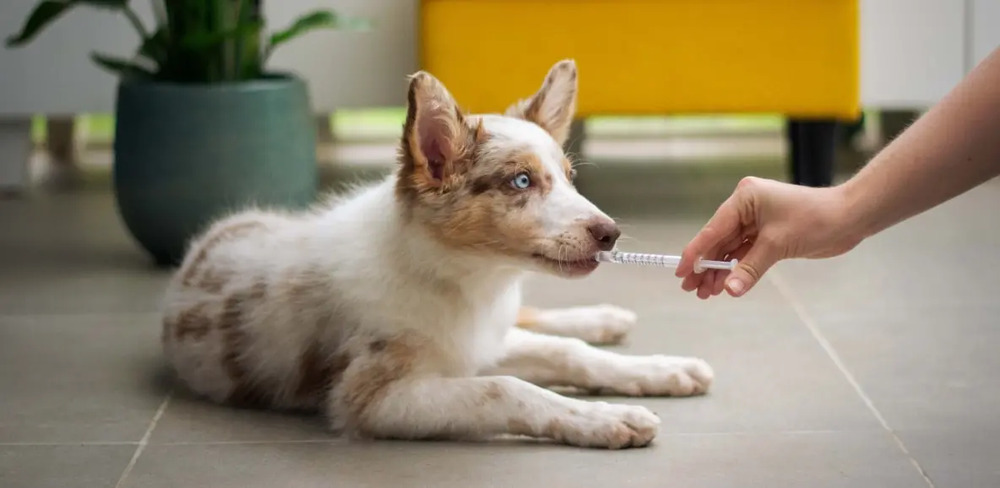
Veterinarians know first-hand how the health of our furry friends extends long after his or her...
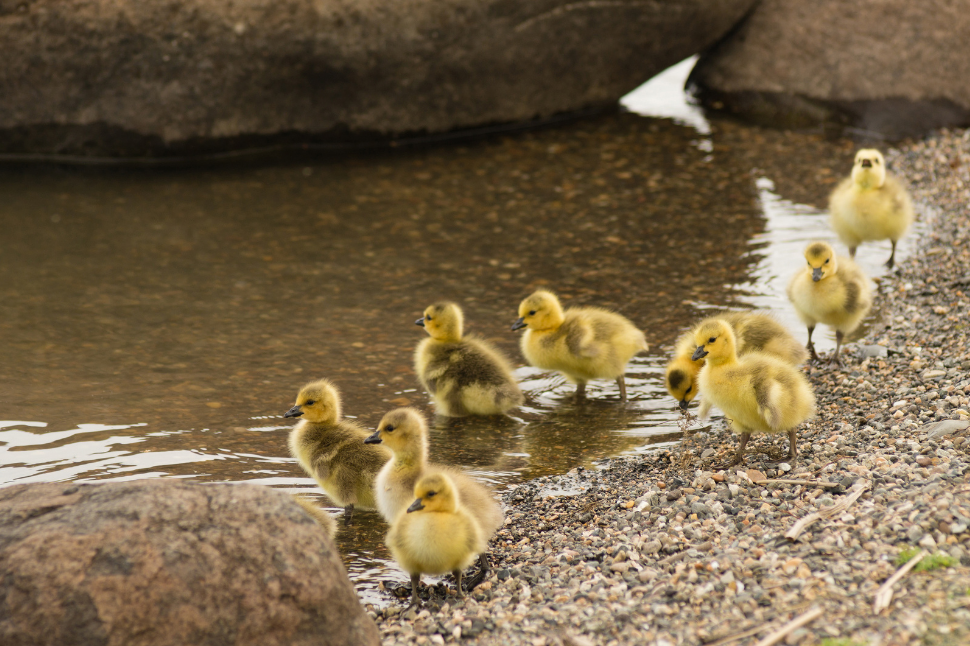
Animal capture (or wildlife capture) is an event in which an animal is caught and restrained to...
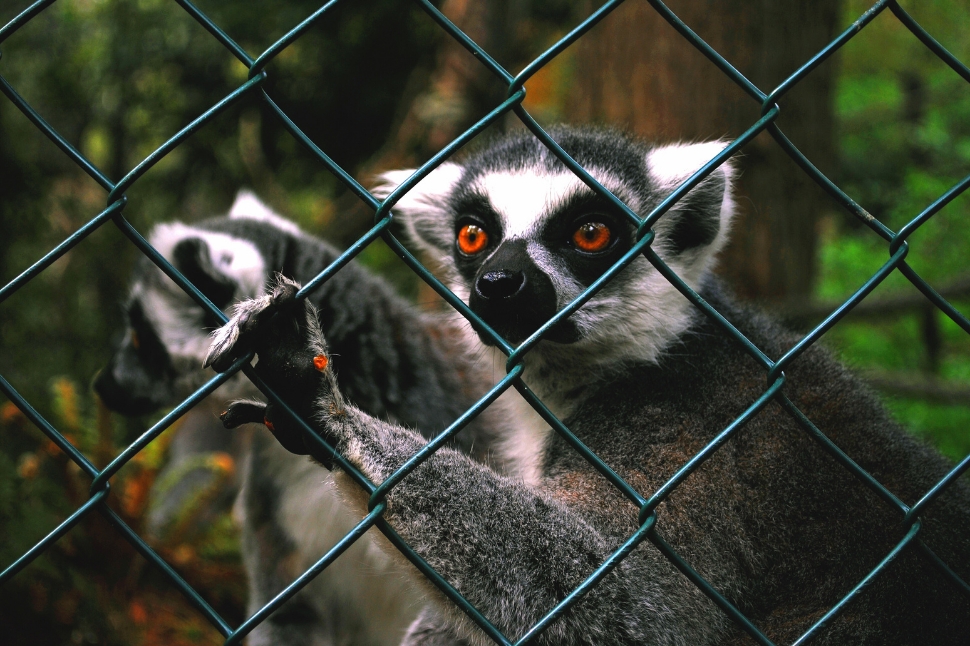
Numerous wildlife capture and handling education programs currently exist, covering a wide array of...
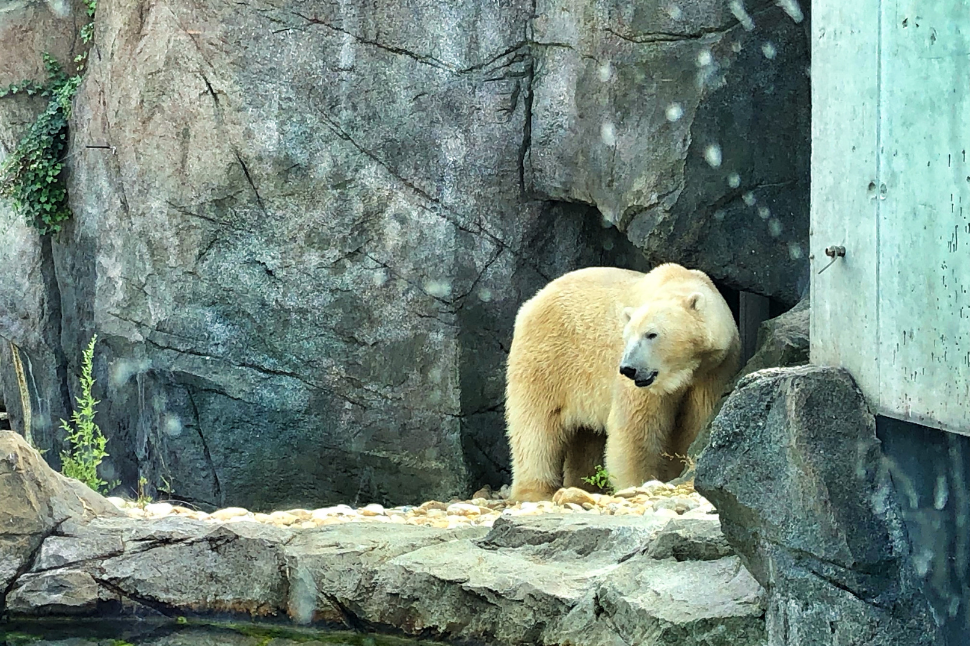
Wild and exotic animals are far more susceptible to stress and injury during capture, handling and...
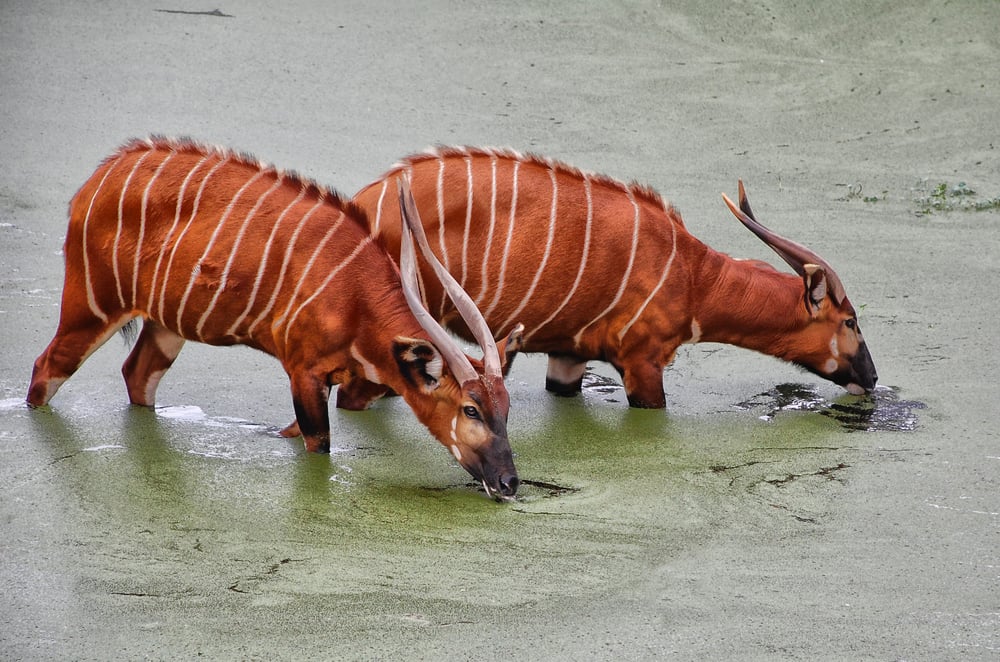
The Bongo antelope belongs to the genus Tragelaphus, which includes the Sitatunga, Nyala, Bushbuck,...
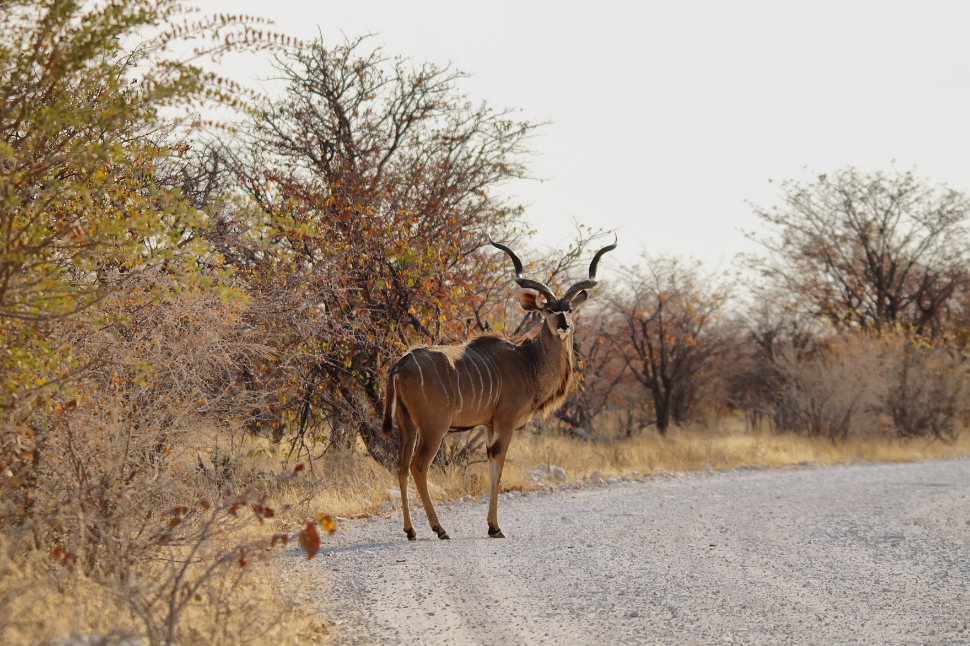
The bongo is a large forest-living antelope that lives in the lowland forests of West Africa to...
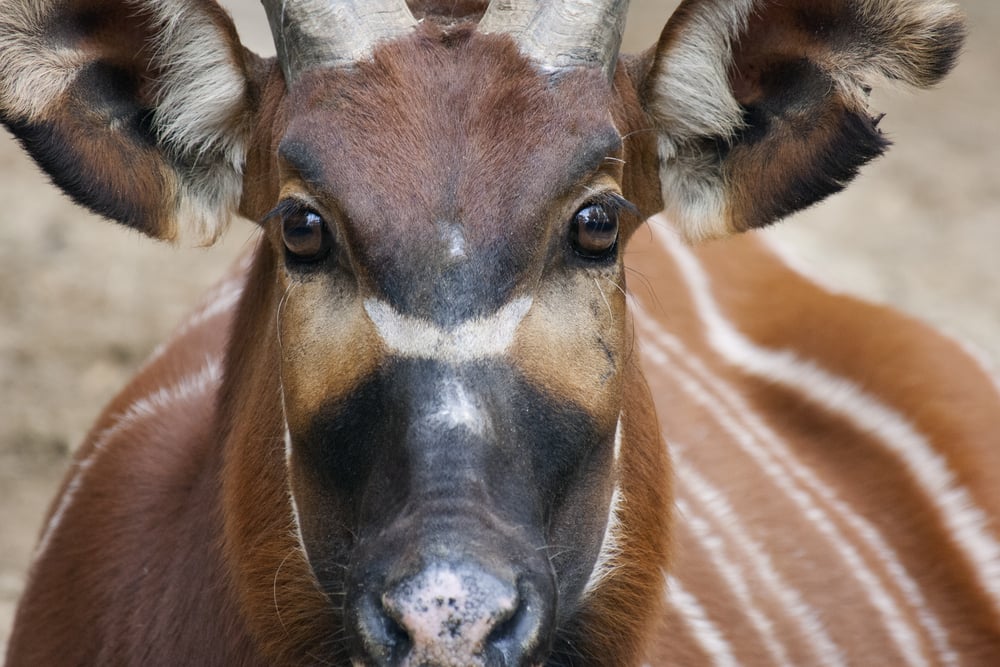
Bongo antelope (Tragelaphus eurycerus) are the largest and most colorful of the forest African...
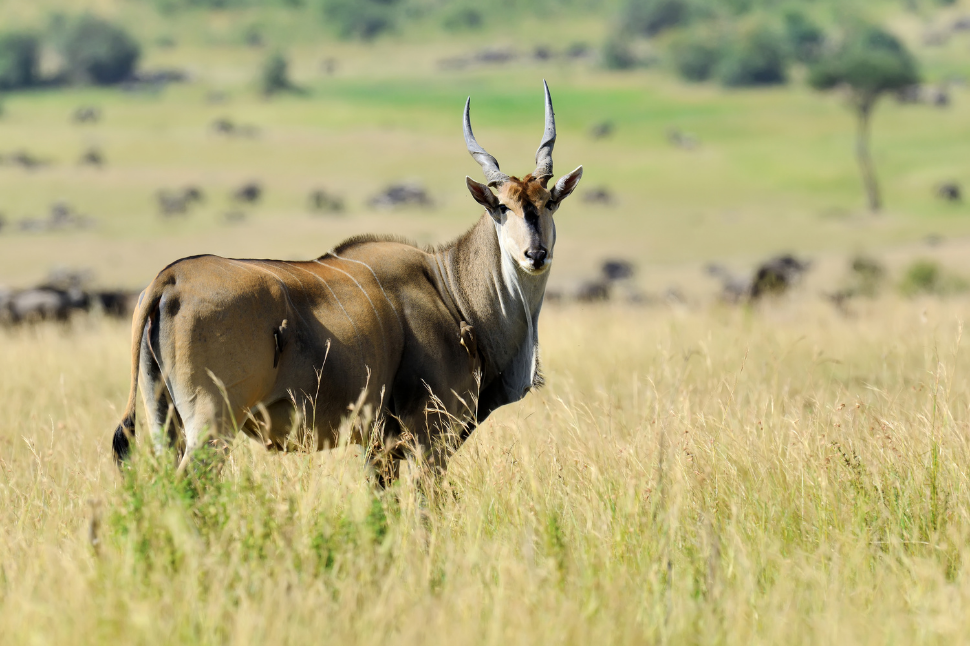
The bongo antelope is a large, forest-living antelope that lives in the lowland forests of Zaire...
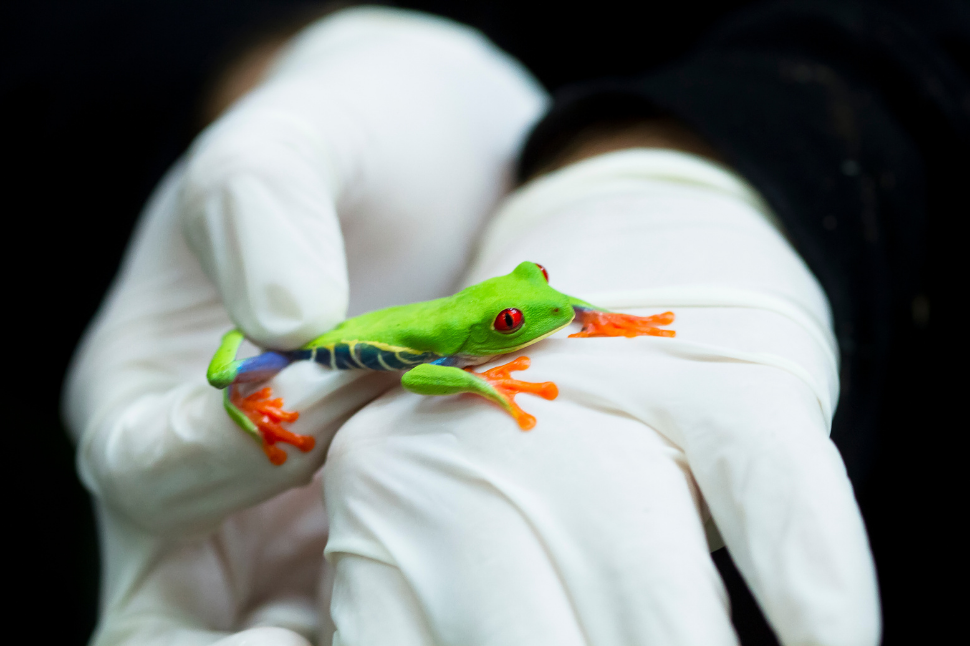
There are many reasons that individuals opt for education in animal care and handling. Many areas...
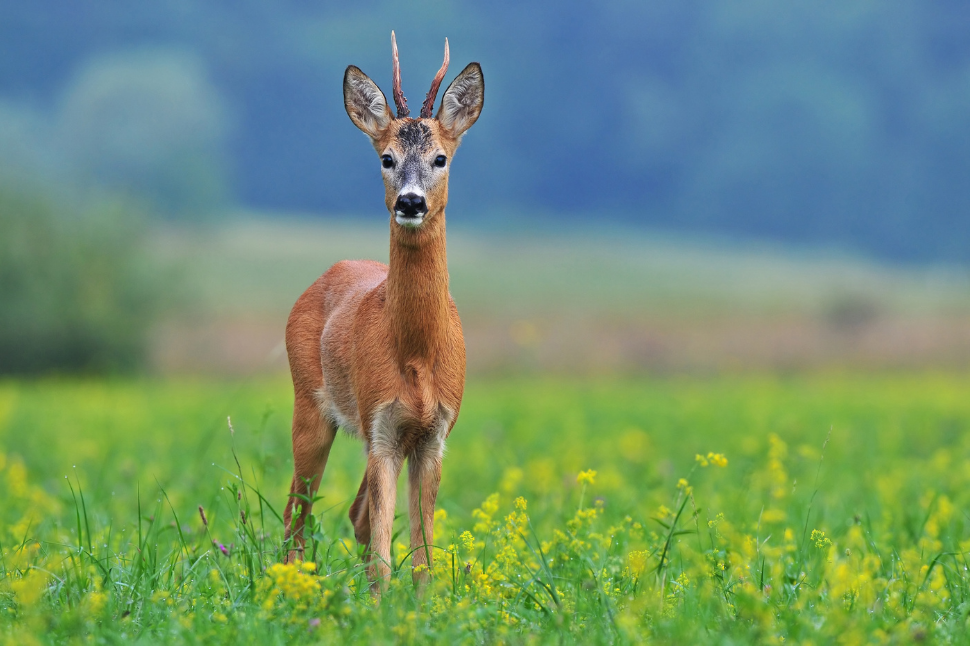
Wildlife capture is essentially the use of systems and devices to capture wildlife species for a...
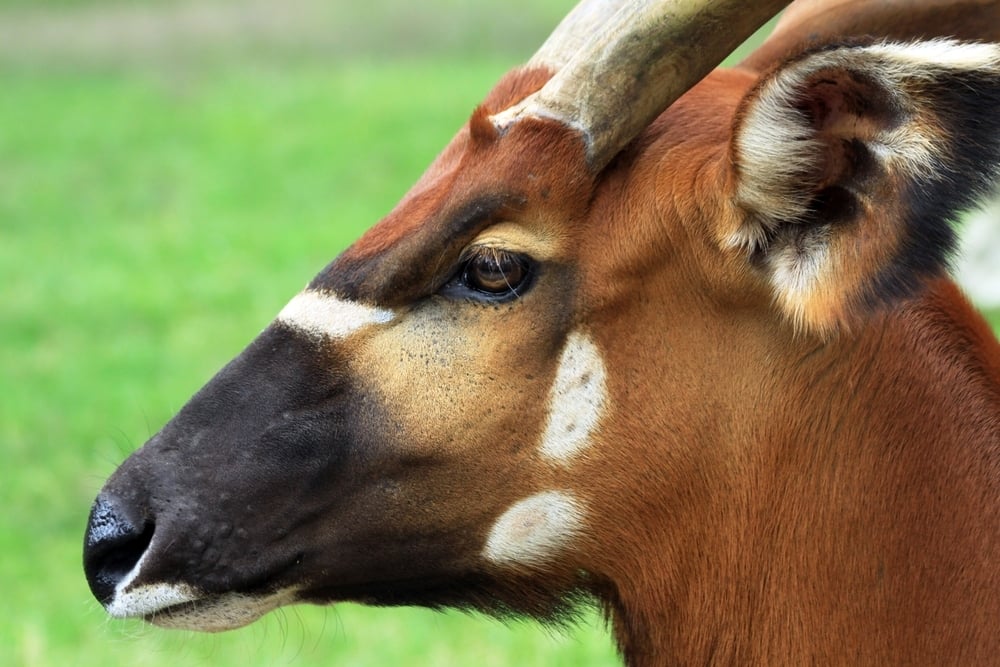
Capture myopathy is a life-threatening condition that can occur in animals when muscle damage...

We love our pets and do everything we can to help keep them happy, healthy and thriving. But like...
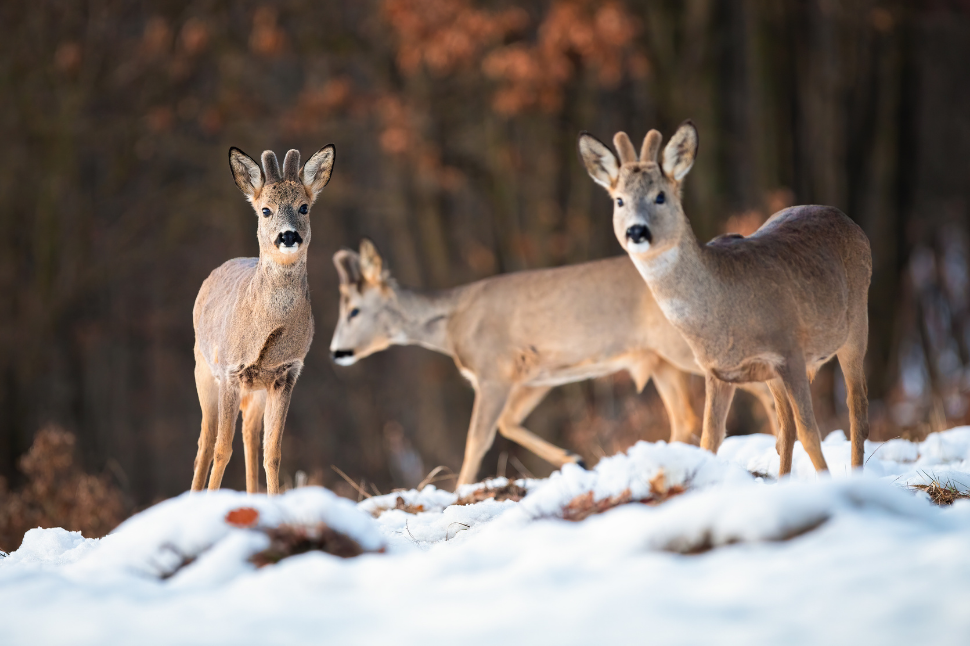
Wildlife veterinarians are licensed medical professionals who specialize in treating many different...
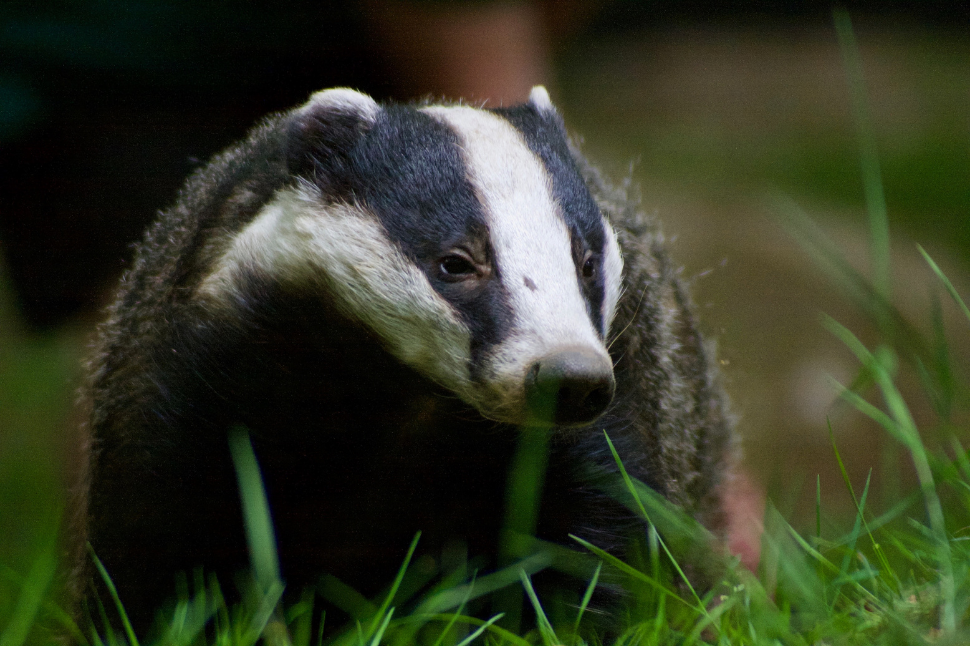
Caring for wild animals is different than caring for domesticated animals and companion animals...
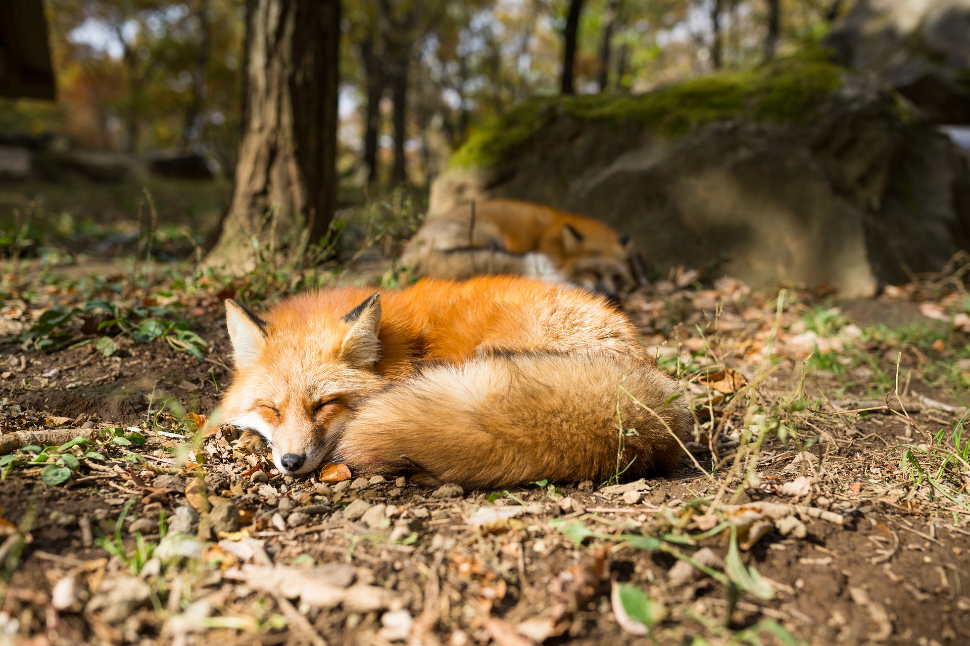
Wild animals are captured, handled and housed in a wide variety of contexts, including management,...